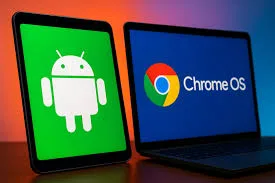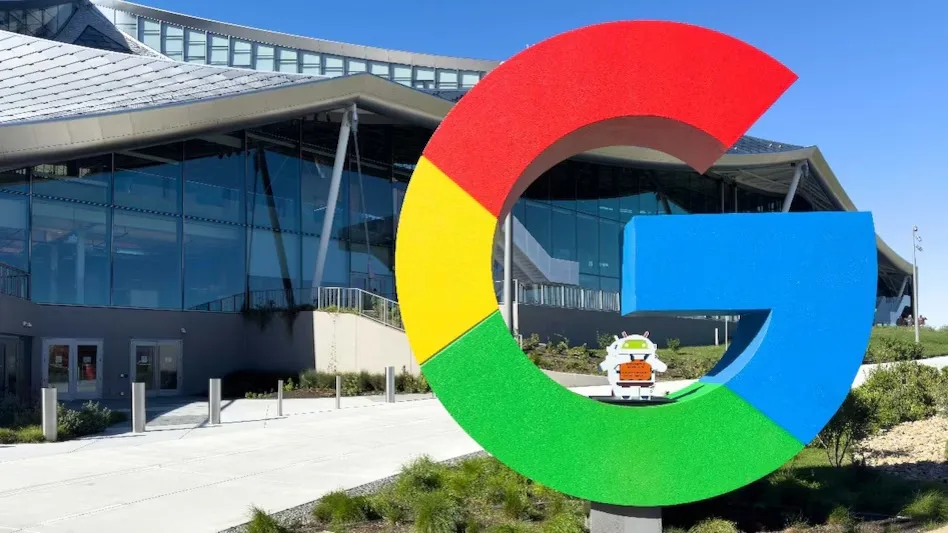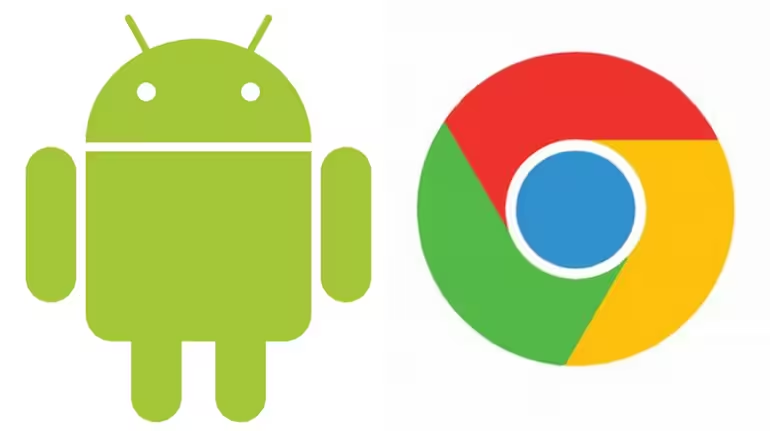Google has officially confirmed what tech enthusiasts have long speculated: the company is merging ChromeOS and Android into a single unified platform. This groundbreaking move promises to revolutionize how we interact with our devices across phones, tablets, and laptops.
Table of Contents
Google Official Confirmation
Sameer Samat, President of Android Ecosystem at Google, officially announced the merger, putting an end to months of speculation that began with rumors in late 2024. This strategic decision represents a multi-year project to fully turn ChromeOS into Android, creating a seamless ecosystem that could finally challenge Apple’s iPad dominance.

What This Merger Means
| Aspect | Current State | Future Unified Platform |
|---|---|---|
| App Ecosystem | Separate Android and ChromeOS apps | Single, comprehensive app store |
| Device Experience | Different interfaces for phones/laptops | Consistent experience across all devices |
| Productivity Features | Limited on tablets | Desktop-class features on tablets |
| Market Position | Competing with iPad separately | Unified approach to challenge iPad |
Key Benefits for Users
Enhanced Productivity: The unified platform would give users access to ChromeOS’s superior desktop-class browsing and productivity features while maintaining Android’s massive app ecosystem. This means your Android tablet could finally become a true laptop replacement.
Seamless Device Switching: Imagine starting work on your phone, continuing on your tablet, and finishing on your Chromebook – all with the same interface and apps. This convergence addresses the broader industry trend where users demand flexible, seamless experiences across platforms.
Better Hardware Optimization: Google can now optimize a single platform for various form factors, potentially improving performance and battery life across all devices.
What to Expect
The merger won’t happen overnight. This follows Android 16’s release, which brings several desktop-themed features, suggesting Google is already laying the groundwork. The unified platform might debut as an “Android Desktop” experience, gradually inheriting ChromeOS features.
Current ChromeOS users shouldn’t panic – the transition will be gradual, ensuring existing devices and workflows remain functional during the multi-year migration process.

Industry Impact
This move positions Google to better compete in the tablet market, where iPads have dominated productivity workflows. By combining Android’s app diversity with ChromeOS’s desktop capabilities, Google is creating a platform that could appeal to both casual users and professionals.
The merger also reflects changing user behaviors – as smartphones become more powerful and laptops become more cloud-based, the traditional boundaries between mobile and desktop computing are blurring.
Looking Ahead
While specific timelines remain unclear, the unified platform represents Google’s most ambitious operating system project since Android’s inception. Success could reshape the entire computing landscape, offering users unprecedented flexibility in how they work and play across devices.
For developers, this means building apps for one platform that works everywhere – a significant advantage over maintaining separate Android and ChromeOS versions.
Stay updated with the latest tech developments at TechnoSports for more insights into Google’s ecosystem changes and their impact on your digital life.
FAQs
Q: Will my current ChromeOS device stop working after the merger?
A: No, Google has confirmed this is a multi-year transition. Existing ChromeOS devices will continue receiving updates and support during the gradual migration to the unified platform.
Q: How will this affect Android app compatibility on laptops?
A: The merger should actually improve Android app compatibility on laptop-style devices, as the unified platform will be designed to work seamlessly across all form factors, bringing touch-optimized apps to keyboard-and-mouse interfaces more effectively.








